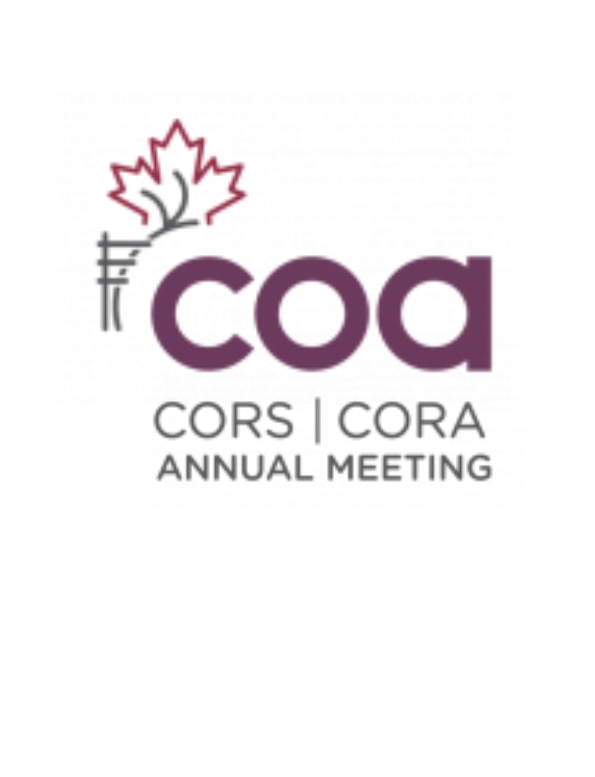
COA 2024: Bridging Reconstruction vs. Superior Capsular Reconstruction for Rotator Cuff Tears

COA 2024: Bridging Reconstruction vs. Superior Capsular Reconstruction for Rotator Cuff Tears
Bridging Reconstruction vs. Superior Capsular Reconstruction: Radiographic Comparison. Results of a Prospective, Randomized Controlled Trial
CONFERENCE ACE REPORTS
This ACE Report is a summary of a conference presentation or abstract. The information provided has limited the ability to provide an accurate assessment of the risk of bias or the overall quality. Please interpret the results with caution as trials may be in progress and select results may have been presented.
Synopsis
Forty-six patients with large to massive, retracted rotator cuff tears were randomized to receive either bridging rotator cuff reconstruction (BRR) or superior capsular reconstruction (SCR). The primary outcome of interest was the acromiohumeral interval (AHI). Secondary outcomes included graft retear rate, progression of muscle atrophy, and fatty infiltration on MRI. Outcomes were assessed pre-op...
To view the full content, login to your account,
or start your 30-day FREE Trial today.
FREE TRIAL
LOGIN
Forgot Password?
Explore some of our unlocked ACE Reports below!

Learn about our AI Driven
High Impact Search Feature
Our AI driven High Impact metric calculates the impact an article will have by considering both the publishing journal and the content of the article itself. Built using the latest advances in natural language processing, OE High Impact predicts an article’s future number of citations better than impact factor alone.
Continue



 LOGIN
LOGIN

Join the Conversation
Please Login or Join to leave comments.